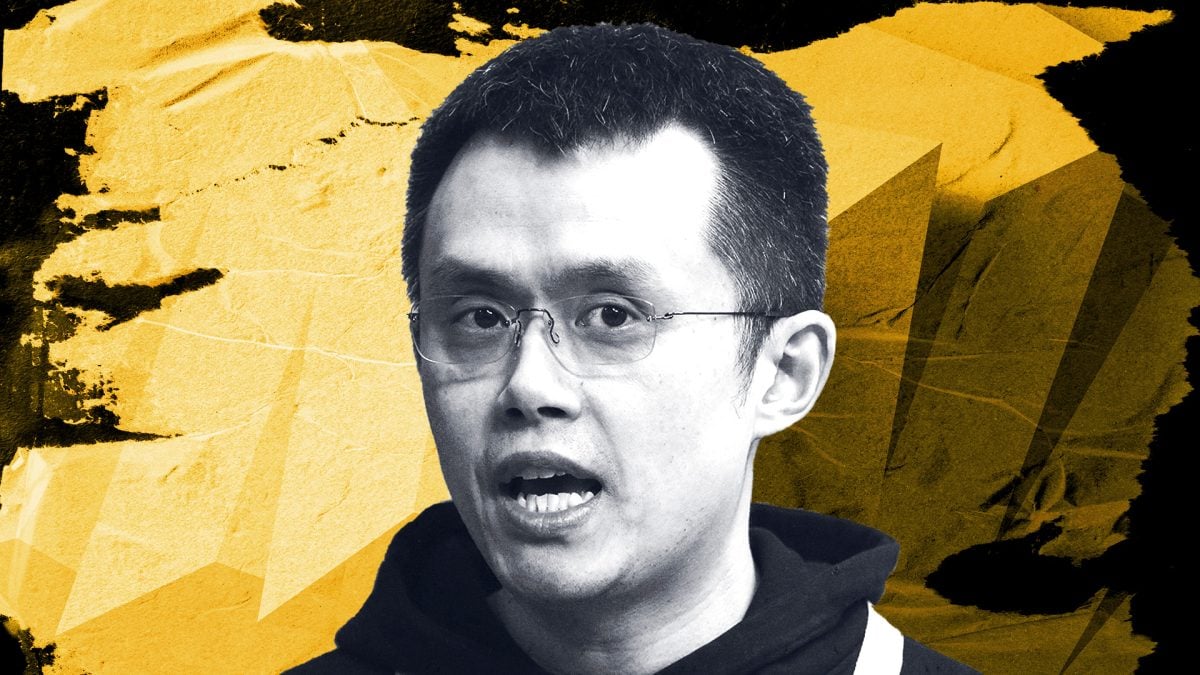In the expanding realm of cryptocurrency, decentralization is the battle cry, yet there’s a startling reality surfacing. Binance’s latest revelations confirm that all major Ethereum L2 rollups are, in fact, centralized. A blow to the idealistic world of blockchain? Let’s dive in.
The Illusion of Decentralization
Ethereum’s L2 rollup ecosystem had us all fooled. Or did it simply follow the path of convenience? At the heart of this are ‘sequencers’. These entities, responsible for transaction ordering, serve up the tempting allure of quicker transaction confirmations and cheaper fees.
But here’s the rub: they’re centralizing the process.
While L2 rollups do have the choice to sequence transactions through Ethereum’s base layer, the majority have steered clear due to its inefficiency and cost. Instead, these rollups prefer the simplicity of running their very own centralized sequencer. So, what’s the big deal?
With great power comes great responsibility, or in this case, potential misuse. These central sequencers, by controlling the ordering of transactions, can essentially play God.
They have the capacity to censor transactions, extract maximal extractable value (MEV) – potentially putting a dent in users’ wallets – and if the sequencer goes down? The entire rollup system can crash.
The Shimmering Hope: Decentralized Sequencing
Though it seems like a bleak outlook, there’s a shimmer of hope. Emerging solutions in the form of decentralized, shared sequencers are knocking at the door. The core principle? Replacing the single, all-powerful sequencer. These shared sequencers let multiple rollups tap into a single network.
The transactions from various rollups are pooled together in a mempool prior to sequencing. This not only challenges MEV extraction but also guards against potential censorship.
The notion of decentralization here, intriguingly, hearkens to the method by which many L1 systems operate. The goal? Creating a validator set that ensures no single entity holds dominion over the entire process.
In essence, shared sequencers are offering what centralized sequencers can’t: a defense against the risks of MEV extraction, censorship, and a guarantee of continued service.
Espresso, Astria, and Radius, are just a few of the big names taking the challenge head-on. For instance, Espresso, known for its tools pushing for Web3 mainstream adoption, unveiled its Espresso Sequencer.
This decentralized shared sequencing network bridges the gap between rollups and their underlying L1. Designed to be virtual machine (VM) agnostic, it’s compatible with both Ethereum and non-Ethereum VMs.
The heart of Espresso’s sequencer lies in its HotShot consensus protocol. Open, permissionless, and rooted in a Proof-of-Stake (PoS) security model, HotShot brings high throughput, swift finality, all while ensuring the sanctity and continuity of transactions.
Yet, the journey towards decentralized sequencers isn’t just a race against time or technology; it’s a battle against ingrained practices.
While many rollups have voiced intentions of decentralizing their sequencers, the progress has been lethargic. Optimism and Arbitrum, for instance, despite having been live since late 2021, have yet to show significant strides in this decentralization journey.
So, where does that leave us?





